Welcome to our thinking lab and very first article! It is our desire that our publications empower you to have a meaningful impact among the 57 million Hispanics that now reside in the United States of America – and by extension the 450 million located in Central and South America.
Since this is our introductory article, I thought appropriate to elaborate more on the question presented in our Welcome page: Why should you care about Hispanics? Likely you know that it is the largest minority group. That its economic power is surging. And that they are becoming a strategic focus of brands, entertainers, and politicians. But is there a compelling reason for your church or ministry to invest energy and resources to engage this audience? Based on current trends, there is actually more than just one.
Satisfy their spiritual curiosity
Hispanics represent a group in spiritual transition. The Pew Center found that almost 25{925090af81ab6eadb945e5632faa9cdb309d4f060e396770309da419bbc68490} of all US Hispanics have abandoned their Catholic traditions and embraced Protestantism, or, in lesser degree no religion at all.1 The main reason for their departure is the desire for a more personal experience with God. Their religious migration is driving the growth of some mainline denominations, but it is also causing a seismic transformation in the demographics, worship, and theology of the congregations that they have joined (as well as those that they have left).2 The energy invested in exploring a new faith shows how much spiritual matters matter to Hispanics.
Engage the most connected audience
Compounded with their spiritual readiness is also the fact that Hispanics are easy to reach, especially in the age of digital media. They surpass any other group when it comes to using smartphones, participating in social media, watching streaming video, and shopping online.3 This trend indicates that faith organizations must modernize their communication approach in order to engage this emerging audience on the channels to which they are tuned.
Inspire their generosity
Contrary to conventional wisdom, a Spanish outreach can be self-sustained. The majority of Hispanics households earn between $40-100K annually.4 When it comes to giving, their generosity level is on par with Caucasian donors.5 But according to Diversity in Giving, Hispanics rarely receive appeals from non-profits—and if they did, they would donate more.6 The study also cautions that traditional, direct response channels won’t work (back to the point above) and that the message must align with heartfelt causes or products that celebrate their heritage. Clearly, the shortage of contributions from Hispanics is not due to lack of funds or interest. Instead, it’s due to a disconnect in strategy.
Impact the next generation
Hispanics form the largest and youngest demographic group. Over half were actually born in U.S. territory and are being assimilated into American life.7 They are the doctors, lawyers, scientist, journalist, and even preachers of tomorrow. Any organization that is thinking about propelling its influence unto the next generation would be wise to begin engaging them now.
Businesses, politicians, and the media industry already understand that Hispanics are a key engine for growth in the next 30 years. The case made shows Hispanics are also ready to be engaged in matters of faith and giving. They are just awaiting your invitation.
If you are now wondering where to begin, we will be happy to offer a one-time, 45-minute, free consultation. Just CONNECT with us through your preferred method and we will get in touch with you to make it happen.
Sources:
1 The Shifting Religious Identity of Latinos in the United States, Pew Hispanic Center, 2014.
2 Rodgers, Darren J. Assemblies of God 2015 statistics released, growth spurred by ethnic transformation. Flower Pentecostal Heritage Center, 2016.
3 Hispanics Overindex for Smartphone Usage. eMarketer, 2014.
4 Hispanic Market Guide, Association of Hispanic Advertising Agencies, 2016.
5 Damaris Montalvo, Top 10 Characteristics of the Hispanic Donor, The Journal of the DMA Non-Profit Federation, Vol. 17, Issue 3, September 2014.
6 Rovner, Mark. Diversity in Giving: The Changing Landscape of American Philanthropy, Blackbaud, 2015.
7 Hispanic America: Faith, Values and Priorities, Barna Group, 2012.

